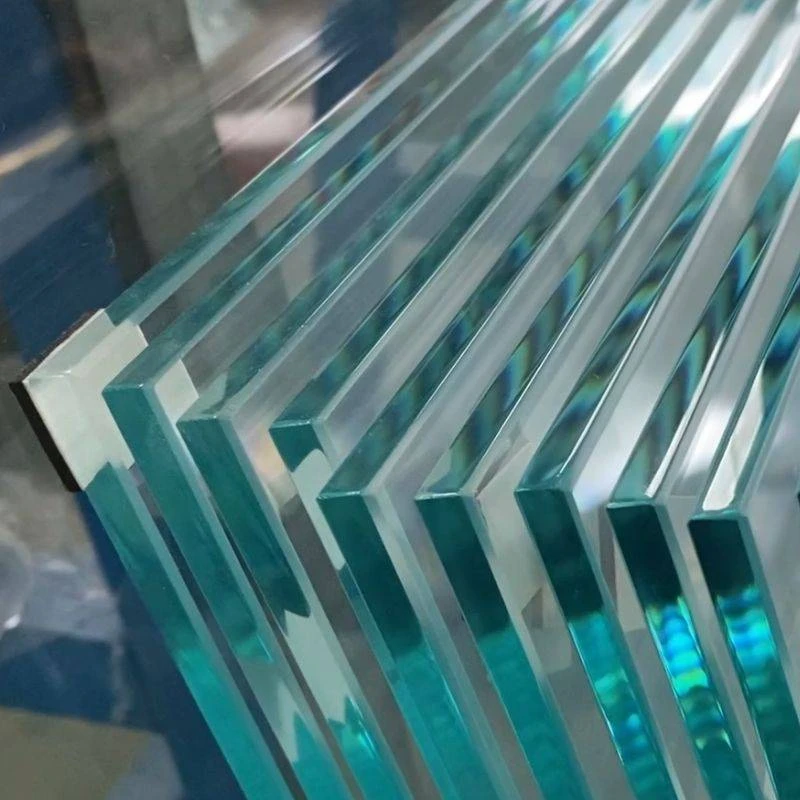

Reflective Gray Glass An Exploration of Aesthetic and Function
In the realm of modern architecture and design, the element of glass has taken on a transformative role, evolving from mere transparency to an intriguing medium that influences visual depth, light quality, and environmental interaction. Among various types of glass used in construction and decor, reflective gray glass stands out due to its unique combination of aesthetic appeal and functional advantages. This article explores the nuances of reflective gray glass and how it can enrich our contemporary environments.
Reflective gray glass is characterized by its subtle tint and mirrored surface, which can create a striking visual presence. Its understated hue allows it to complement a range of architectural styles, from sleek urban skyscrapers to minimalist residential homes. The glass’s reflective properties not only enhance its visual interest but also provide an elegant façade that meshes seamlessly with both natural and built surroundings. This versatility makes it a popular choice for many architects and designers aiming to create modern spaces.
One of the most significant benefits of reflective gray glass is its ability to manage light. The glass reflects a considerable amount of solar radiation, which helps in reducing heat gain in buildings. This is particularly advantageous in warmer climates where excessive heat can lead to increased energy consumption for cooling. By incorporating reflective gray glass into their designs, architects can create more energy-efficient buildings, thus lowering the costs for both homeowners and businesses while promoting a sustainable approach to energy use.

Moreover, the reflective nature of the glass offers enhanced privacy without obstructing views. The exterior reflection serves as a barrier, deterring prying eyes while still allowing occupants to enjoy the scenery outside. This feature is especially valuable in urban environments where privacy can be hard to attain due to close proximity to neighboring structures. Through the use of reflective gray glass, spaces can feel more secluded, enabling occupants to relax in their homes or offices without the constant awareness of being observed.
The aesthetic qualities of reflective gray glass also extend to its ability to manipulate the perception of space. When used in interiors, such glass can create a sense of openness and airiness. Reflective surfaces bounce light around the room, reducing shadows and highlighting architectural features. The way it interacts with both artificial and natural light adds a dynamic quality to spaces, as the color and brightness change throughout the day. As the sun rises and sets, reflective gray glass can create a canvas of shifting hues, enriching the visual experience of any environment.
Furthermore, reflective gray glass is remarkably adaptable. It can be used in various applications, from windows and facades to interior partitions and furniture design. The result is a highly cohesive aesthetic that can unify different elements of a space. In commercial settings, reflective gray glass can project professionalism and modernity, making it an ideal choice for offices and corporate buildings. Meanwhile, in residential designs, it can evoke a sense of elegance and tranquility, enhancing the overall mood of a home.
In conclusion, reflective gray glass is much more than an architectural material; it embodies a fusion of beauty and practicality. Its ability to enhance energy efficiency, provide privacy, and create captivating visual effects positions it as a desirable choice in modern design. As we continue to seek innovative solutions for our built environments, reflective gray glass proves to be an invaluable addition, capable of transforming how we experience and interact with our surroundings. Whether in the context of urban architecture or intimate residential spaces, the allure of reflective gray glass is undeniable, showcasing the potential of glass as a powerful design element in the 21st century.